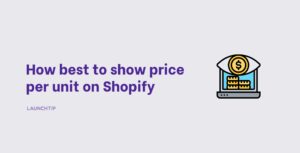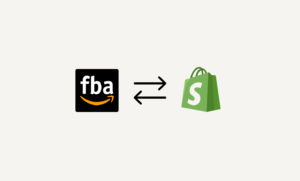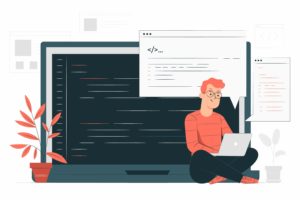Last Updated on by Dan S
Originally Published July 20, 2022.
The thought of setting up an online store can be daunting. A dropshipping store allows you to easily start an online business without having to purchase stock upfront or worry about warehouse costs.
Dropshipping is when a supplier provides your products and fulfils your orders.
Below we’ll discuss the benefits of dropshipping and give you beginner tips.
Table of Contents
ToggleBenefits of having a dropshipping store
You can have a dropshipping store on Shopify or another ecommerce platform. Some of the benefits of having a dropshipping store are as follows.
1. No capital needed
As you don’t need to future purchase inventory to sell, it makes it very easy to start selling online. You can get access to numerous items just over their wholesale cost and sell them on at market value. You choose how much you sell the products for, which will depend on the amount of the profit you wish to make.
2. Ease and mobility
If you’re someone that doesn’t like being in the same place for too long, dropshipping store owners benefit from being free to operate from anywhere. Fulfilment is handled for you, so as long as you have an internet connection, you’re good to go.
3. It’s convenient and efficient
With your inventory and fulfilment taken care of, you’ll have more time to focus on marketing, operations and customer service. Growing your ecommerce store takes a lot of time and effort so you need as much time as you can get.
4. It’s tested and proven to work
Numerous online stores use dropshipping websites to offer a large selection of products. These stores don’t have to deal with storing inventory or fulfilling it themselves.
What there is to know about dropshipping
This guide could save you time when it comes to setting up your dropshipping store. If you’ve never embarked on running this kind of business before, these tips could be key in your success.
There are two fundamental principles when it comes to making your business work efficiently.
1. It doesn’t always go to plan
Although you physically aren’t having to buy and ship the products on your store, the convenience of having a third-party take care of things isn’t always easy. You’ll come up against incorrect orders and out-of-stock items. If you know this before you start, you’ll less likely be annoyed if the situation arises.
2. Keep it simple
We think keeping it simple will help you succeed. If you try to use numerous dropshipping companies in different worldwide locations and try to keep track of everything, you’ll go insane. We suggest focusing on implementing solutions that are easy. They don’t necessarily have to put the most perfect tool, but it’ll work for you whilst you’re getting started.
So whilst we’ve got these principles in mind, take a look at our tips for ensuring your business runs smoothly.
5 dropshipping tips you need to know
Our 5 dropshipping tips that you need to know to excel your business.
1. Keep on top of your inventory
If you’re looking to manage inventory from numerous suppliers, this is one of the biggest challenges you could face. You need to ensure products don’t go out of stock so that you can retain customers and get repeat purchases from them.
If you want to make managing inventory a little easier, there are many apps Shopify apps that can help you. DuoPlane and Syncee are just two apps that can help you sync inventory to your Shopify store.
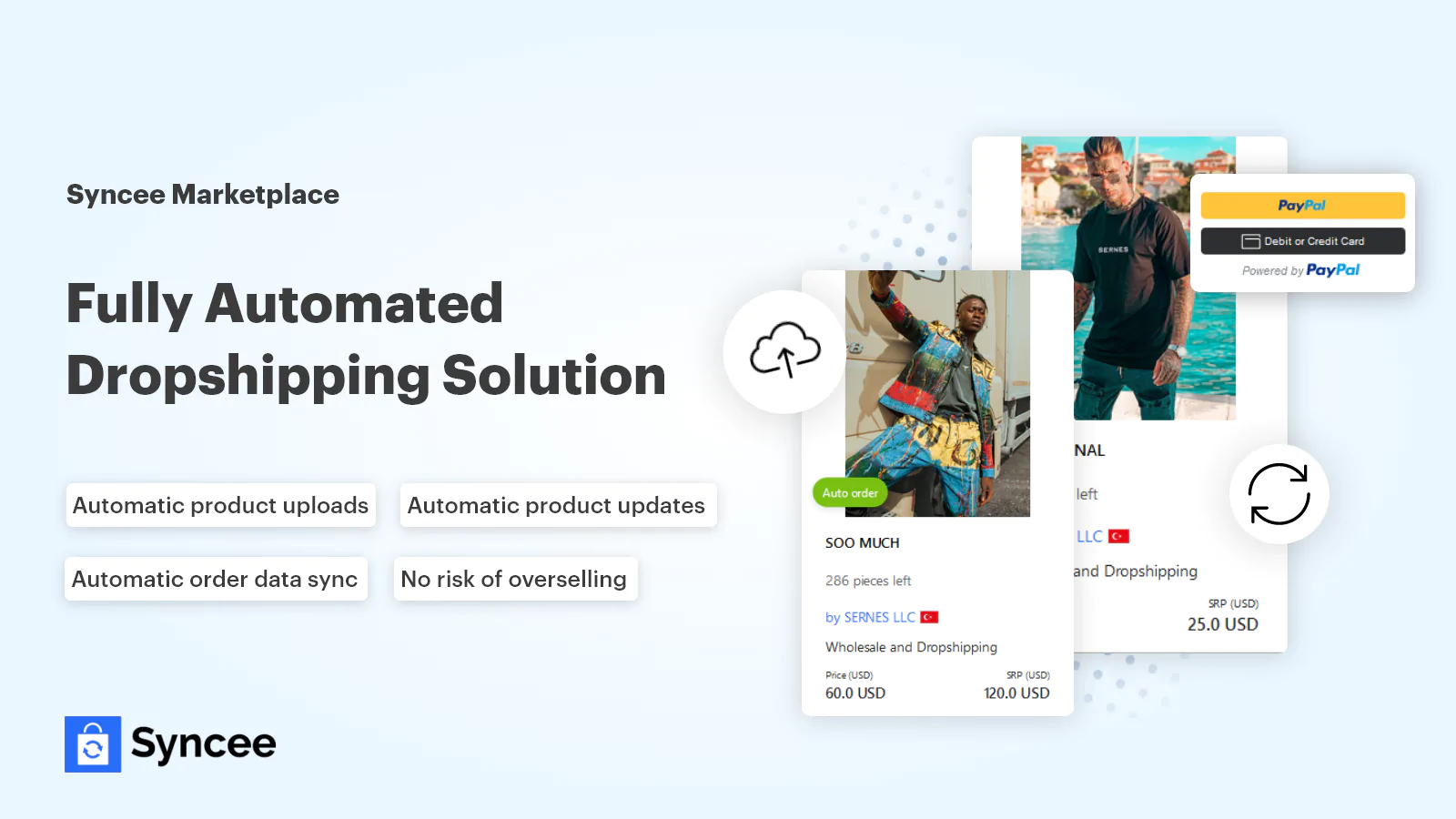
Here are some top tips for inventory management that should help to reduce out-of-stock items you sell.
Choose your products wisely
If you sell products that numerous suppliers carry, you won’t always be worrying about items going out-of-stock. If you sell a product that is carried by two suppliers, you’ll always be able to fulfil orders from either supplier.
Use numerous suppliers
One of the best dropshipping tips is to use more than one supplier. If one supplier doesn’t have an item in stock, the chances are another will. This way, you’ll always be able to fulfil your orders.
Using numerous suppliers is good because if you rely on just one, they might change things that could affect your business and put it at risk. You can easily mitigate this by using more than one.
Product availability
Even though your product suppliers might carry a product you want to sell, it might still be worth checking with them about its availability. You don’t want to create an online Shopify store to sell a particular product, only to find out they’re discontinuing it.
Use generic products
Using generic products is a good idea. This means you can write a generic product description that could work the same product from different suppliers. If you know a product from two different suppliers is near-identical, you can fulfil the order from either supplier.
Out-of-stock orders
Sometimes you’ll find you won’t be able to fulfil an order because the product is out-of-stock. To avoid losing a customer altogether, you could offer them a better product. This should keep the customer happy and you have retained that relationship.
Although you might not make any profit on that particular order, you’ve retained the customer, which is better than losing them.
2. Take the blame for your supplier’s mishaps
We’re all human at the end of the day, and even the top suppliers can make mistakes. Running a dropshipping business means you will encounter fulfilment issues. It’s inevitable. Here are some tips that could help you when your supplier ships the wrong item or nothing at all.
Own the mistake. You don’t want your customers to think you are an amateur, so do not blame your supplier for the mishap. Your customers don’t even know that the dropshipper exists so it will just confuse them. Own it and let the customer know what you are going to do to fix the issue.
Fix the problem. Depending what the issue is, you might want to make it up to the customer. This might include offering them something for the error. You could try refunding the shipping fee or offer another product.
Have your supplier fix it. Even though you will take the responsibility for the error in the customer’s eyes, your dropshipping supplier should fix its errors. This could include sending a replacement product or paying for return shipping costs. They won’t however pay for upgrades or free items you offered your customer; this is up to you to take control of.
3. Be efficient with order fulfilment
By using numerous suppliers, it means your chosen products are more likely to be in stock, you can achieve faster delivery times and you won’t be dependent on just one supplier. When you have numerous suppliers, there a few things you might want to consider when having your orders fulfilled.
Use your preferred supplier to fulfil orders
You more than likely will have a preferred supplier that stocks the majority of your products and you like working with. If this is the case, you can route orders to be fulfilled by that supplier by default.
Fulfil orders based on location
To ensure you offer fast delivery times to your customers, you can route orders to the supplier that is nearest your customer. It can save on shipping costs too. Look at adding a delivery timer app to your store, as this could help with conversions.
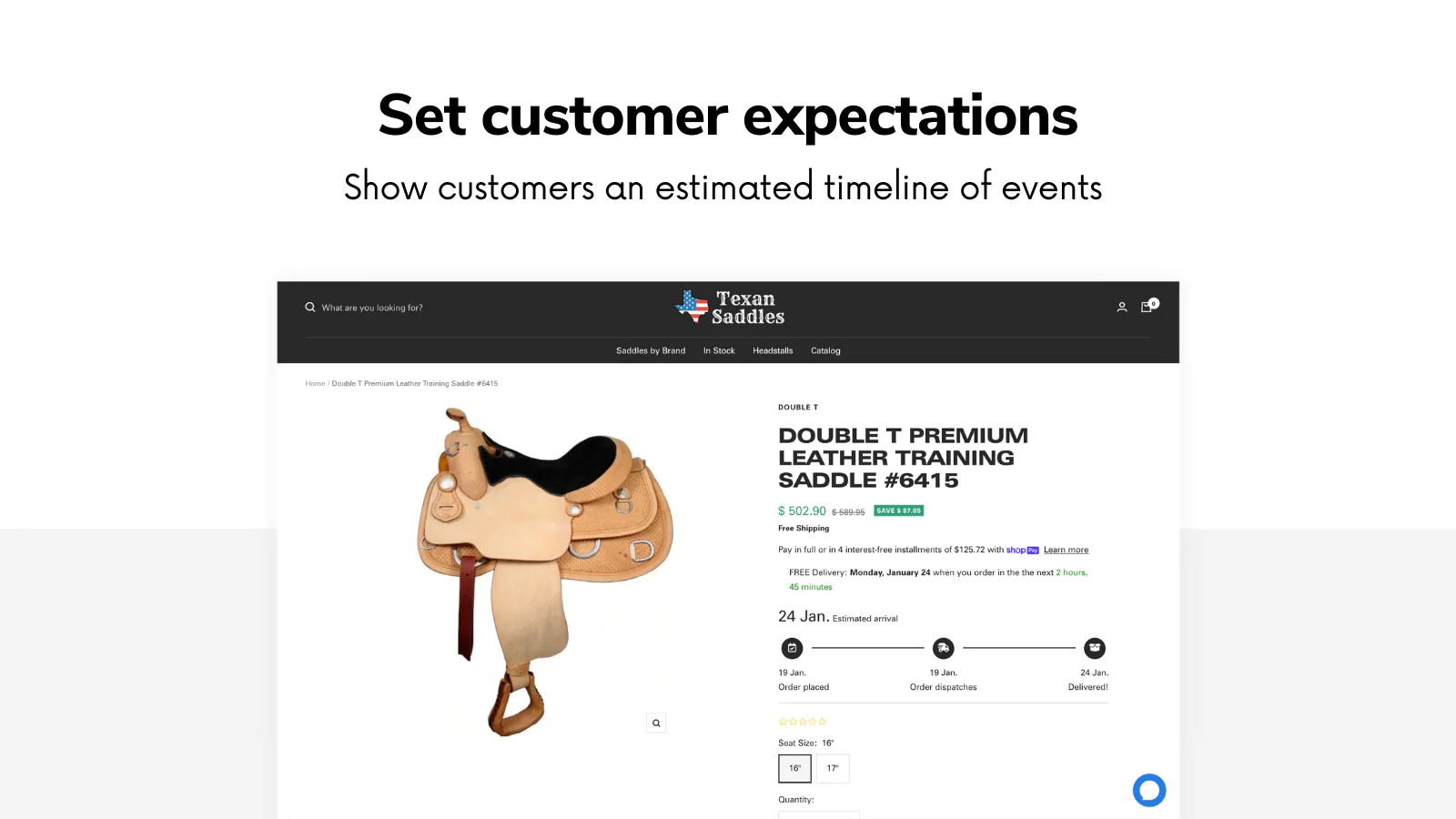
Fulfil orders based on availability
If your store has a huge amount products that use numerous suppliers to fulfil orders, you’ll more than likely going to route the order to the supplier that has the product in stock.
Fulfil orders based on cost
It can be hard to determine which supplier is going to be the cheapest. If you want this done automatically, you’ll need to consider shipping rates, real-time supplier pricing and any other fees associated with the supplier. This can be a little harder to implement.
As your business grows, your suppliers should be bidding for your business. If you’re doing huge amounts of orders, they’re benefiting from it too. So they should really want your business.
4. Put together a strong return policy
Make sure you know about your suppliers’ return policies before writing yours. If they have a long return time, then you can offer a longer return time. But if the suppliers have a shorter return time, you’ll need to do the same.
A simple return process should be similar to this.
1. Your customer contacts you and requests a return.
2. You request an RMA (return merchandise authorization) number from the supplier that fulfilled the order.
3. Your customer returns the order back to your supplier, ensuring they include the RMA number on the return address.
4. Your dropshipping supplier should refund your account for the original wholesale cost of the product.
5. You must refund your customer for the full retail cost of the product.
This sounds very straightforward, but there are some things that could complicate a handful of returns.
Returning an item surcharge
Some suppliers might charge a restocking fee. This covers the cost of receiving the returned item and restocking it. We suggest that you don’t pass this cost onto your customer, as it won’t look too good.
Sometimes you have to take a little knock on the head to move forward.
Defective products
When a customer receives a defective product, the last thing they want to do it pay to return it. Most suppliers won’t cover the returns cost. Even though this is the case, you should compensate your customers by providing a returns label free of charge.
Sometimes if the product is not too expensive, it can be easier to just ship out a replacement to the customer. If can be cost effective and your customer will be pretty chuffed. A lot of suppliers will pay the shipped to send out a replacement product to customers.
5. Start marketing
To get sales, consumers have to first find your store. It’s not always easy, so here are some tips to get you started.
SEO
SEO is a way of improving your website to increase its chances of ranking higher on search engines via relevant keywords.
When a customer types in a search term that is relevant to your store, you want it to show. Short-tail keywords are a lot harder to rank for, as they are more competitive. Try focusing on long-tail keywords, as these are less competitive to rank for.
Google Ads has a keyword tool where you can find relevant keywords to include in your website content.
Facebook ads
Facebook has over 2.6 billion monthly users, so it’s a no brainer when it comes to advertising. There are so many opportunities to reach new customers and push them to your store.
Creating Facebook ads lets you do this. The connections made on Facebook can help you create targeted ads using demographics, interests and behaviors.
Google ads
Google ads can be seen across Google and YouTube. You can set a maximum budget for your ad campaign and will only be charged when a consumer clicks on one of your ads.
You can target your audience based on specific behaviors, how they’ve interacted with your website, demographics or interests.
Do you think you’re ready to start your dropshipping business?
Although setting up a dropshipping store is a fast way to get a business up and running, it does not always earn money straight away. You’ll need to be active and look to improve and grow your business so your customers come back to your store. The tips above should help you achieve this and get you going.






